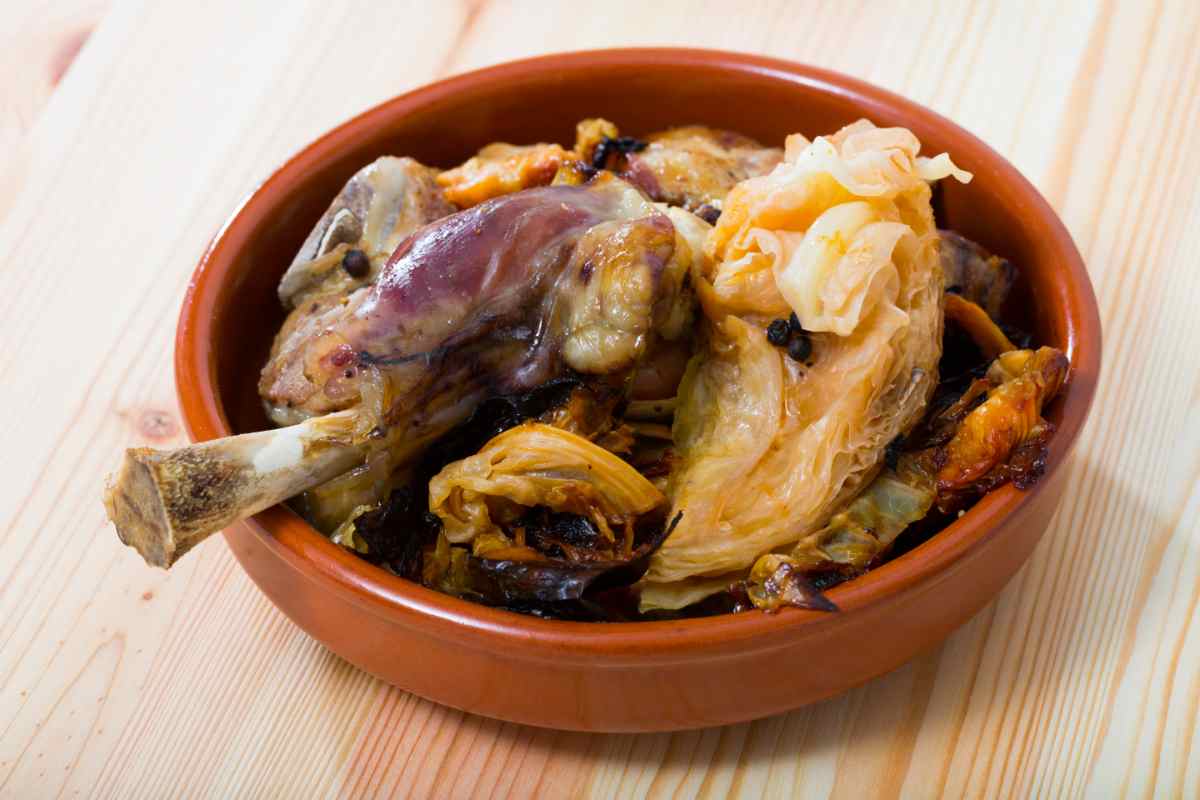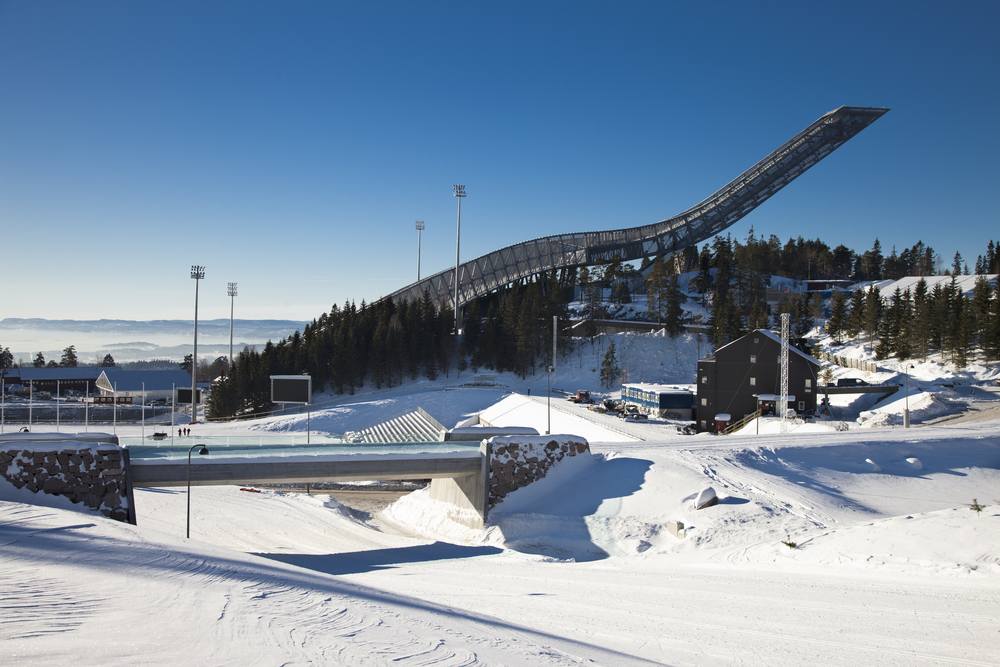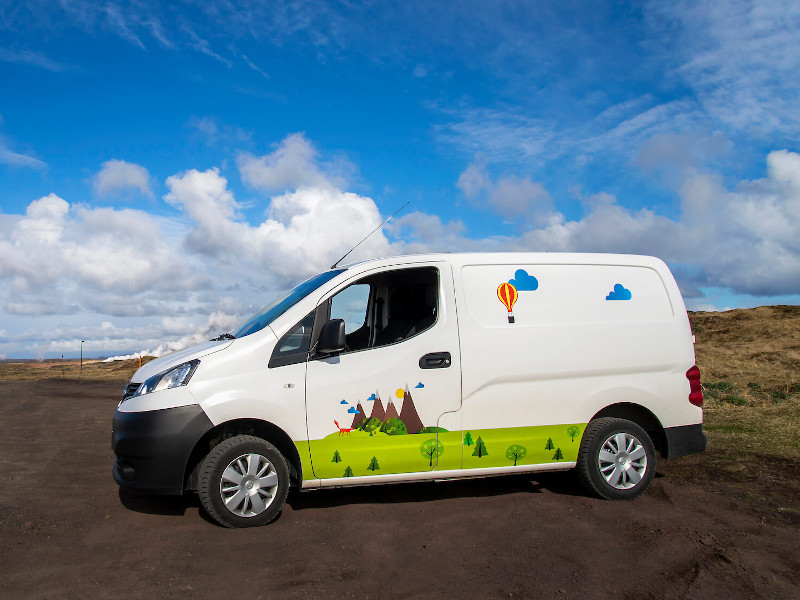Did you know the national dish of Norway is called farikal? This warming Norwegian lamb stew is traditionally eaten in autumn and can be enjoyed in many restaurants around the country or easily cooked at home.
If you’ve ever wondered about Norway’s national food, you can learn all there is to know about farikal in this complete guide, including farikal ingredients, the history of farikal and even the special Farikal Feast Day when this lamb stew is normally eaten by Norwegians.
Norway’s National Dish
As Norway’s national dish, farikal is a hearty and delicious lamb and cabbage stew with plenty of black peppercorns for a tasty spice. Often enjoyed with boiled potatoes or a thin crispbread called flatbrod, or flatbread in English, farikal is served in restaurants throughout Norway during the autumn season.
With local lamb from the mountains, plus farm-grown cabbage and potatoes, farikal is a beautiful culmination of fresh Norwegian ingredients, combined into a nourishing, warm stew to be enjoyed with loved ones.
Sheep in Norway roam free most of their lives, living in nature close to the sea or in the mountains, making Norwegian lamb some of the best quality meat in the world. Add some cabbage, salt and pepper and you’ve got this delicious, home-cooked stew that Norwegians love!

History of Farikal
It’s believed that farikal was first introduced to Norway as early as the 19th century, when a similar Danish dish with duck was brought to Norway. Initially part of elite Norwegian cookbooks in the 19th century, farikal became part of the wider national diet around the turn of the 20th century.
The slaughtering of lambs coincides with the cabbage harvesting season in Norway, meaning these two plentiful ingredients have historically been accessible at the same time, leading to the popularity of this dish throughout the country.
In 1972, farikal was named Norway’s national dish in a radio show survey; however, it wasn’t until 2014 that the dish was officially named the national dish of Norway by the government following an official national vote. Farikal was the most popular dish by far, winning 45% of the votes, followed by the meatball dish of frikadelle with 36% of the votes.
When to Eat Farikal
It’s very popular to have lamb stew in autumn in Norway, as this is the time when lamb and cabbage are both readily available, creating a lovely, locally-sourced dish to enjoy.
Autumn brings lamb stew party season to Norway, where many locals meet with their family and friends for dinner, enjoying this comforting dish to warm up from the chilly weather.
.jpg)
In fact, farikal actually has its own special day! The last Thursday in September is Farikal Feast Day, where loved ones enjoy cozy gatherings and informal dinner parties to savor the delicious taste of farikal together.
Farikal is often served from the table straight out of the pot itself for a homely feel and is usually enjoyed with a dark beer or lager, or a glass of wine. The Scandinavian spirit, Aquavit, is also a popular drink to pair with farikal, or sour apple juice for a non-alcoholic alternative.
A Nordic apple trifle or a traditional Norwegian cloud berry cream dessert are both popular options for sweets after the farikal.
Farikal Ingredients
Want to make your own Norwegian lamb stew? Here’s the list of farikal ingredients so you can make your own lamb and cabbage stew at home:
- 3 kg of lamb meat
- 3 kg of cabbage
- 8 teaspoons of whole black peppercorns
- 4 teaspoons of salt
- 600 milliliters of water
All the farikal ingredients are added to a big pot and allowed to cook slowly until you have a delicious stew. The cabbage contains water that will be released through cooking, so you don’t actually need more water than the amount that’s written, even if it looks like it!
Whole black peppercorns are added to the stew for a spicy taste and mutton can be used instead of lamb, if you’d like a stronger flavor. If you’re in Norway, you can find local lamb, such as Loftolam, which is meat from sheep that were born and raised in Lofoten by the sea. This local meat makes your farikal richer and more sustainably sourced.
.jpg)
While the traditional version of farikal only needs these few ingredients, there are some variations from different regions of Norway that include additional ingredients. For example, some places add flour into the sauce to make it thicker, and others add carrots and onions, too.
In recent years, people have taken to experimenting with the traditional farikal ingredients by adding garlic, bay leaves and even a little lager instead of the water! Sometimes farikal is served with a bit of lingonberry jam for a sweet touch.
The ingredients of farikal each represent a part of Norway – lamb from the mountains and cabbage from the fields – making this dish the perfect combination of autumnal Norwegian produce. Local potatoes can be boiled and enjoyed with farikal as a side dish, too.
Try Farikal For Yourself!
Intrigued to try farikal for yourself? Where better to enjoy this delicious stew than in its birthplace? You can sample an authentic farikal during your trip to Norway by enjoying dinner in one of the many restaurants serving this tasty national dish.
For help planning your dream Norway vacation, take a look through our range of campervan rentals in Norway, which can be both your home and transport as you soak in all the beautiful sights, sounds and flavors of our unique country!
Traveling by campervan will give you the ultimate freedom and flexibility to explore Norway to your heart’s content, including savoring our tasty national dish of farikal and other mouth-watering Norwegian dishes. Yum!



 By
By 






